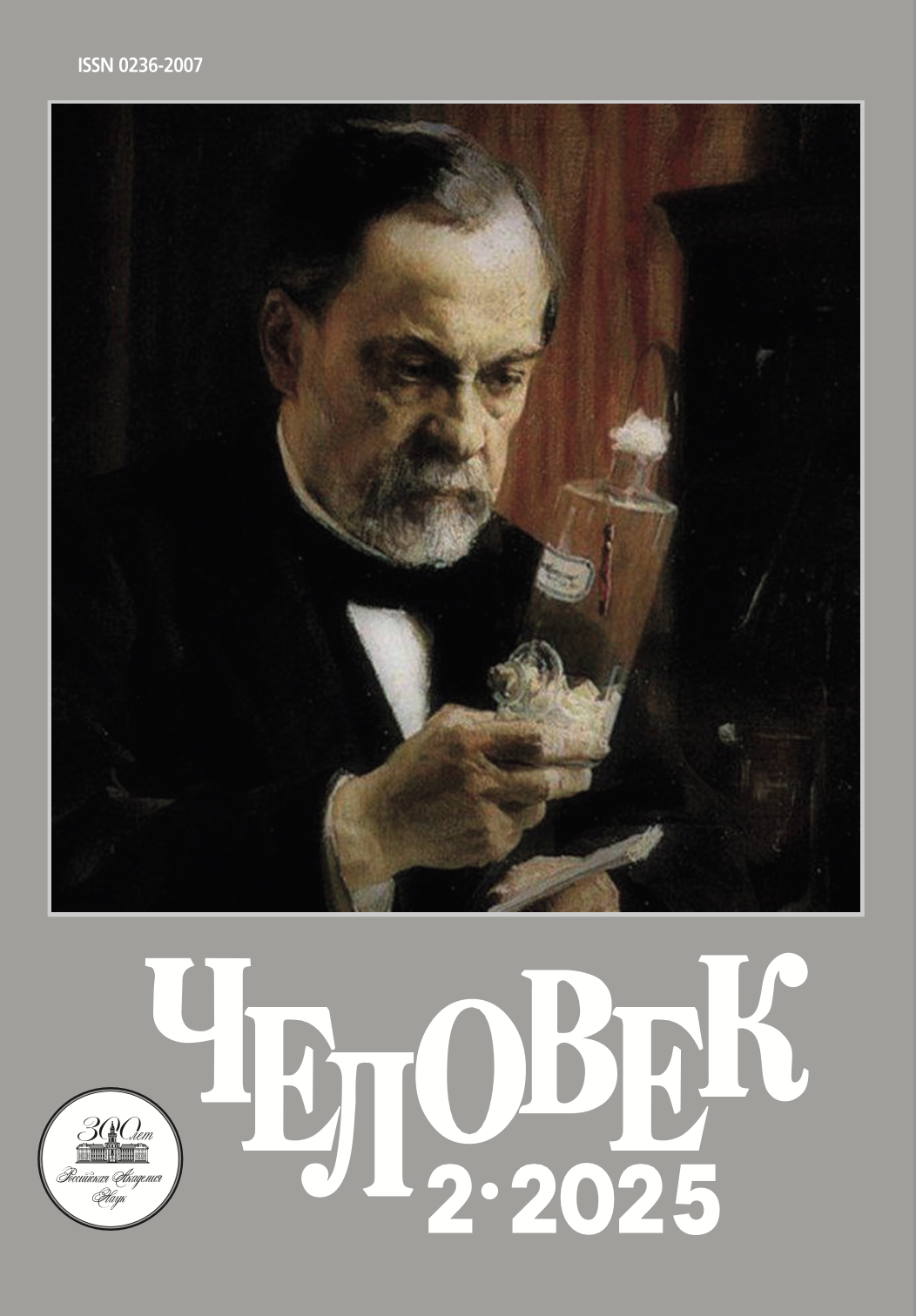The Images of Human Being Within the Metaphors of Organ Donation
DOI:
https://doi.org/10.31857/S0236200725020107Keywords:
medical terms-metaphors, public service advertising on organ donation, body as a gift, technical metaphorics, organ as a repair part, mechanistic myth, mythologization of disease as a breakdown, therapy as repair, reductionism, depersonification of human beingAbstract
The paper focuses on the metaphors related to organ donation andtransplantation in order to highlight the implicit images of human being. In abrief analytical review, conceptual metaphors as scientific terms within themedical and biological discourse are considered. On the other hand, the authoraddresses verbal and visual metaphors used in public service advertising onorgan donation. The ethical aspects and value-ladenness of these metaphors arebrought into discussion. It is argued that the category of gift still holds a specialplace in the verbal and visual metaphors in public service advertising on organdonation. However, in scientific and professional medical discourses related totransplantation, there is a predominance of technical metaphors stemming fromthe Modern worldview. The image of human being as a mechanism or machinecan effectively perform explanatory and heuristic functions in natural sciences.At the same time, mechanistic metaphors not only reflect historically formedideas about human being but also transmit them into the future and suggestcertain ways of how human being can be dealt with. When used within scientificdiscourses, technical metaphors in relation to the human being might beperceived as something common and ethically neutral. However, whentransferred into the area of public social advertising, such metaphors mightpresumably cause tension in public opinion. Like any other metaphor, thehuman-machine image has its limits of applicability. Going beyond these limitsand turning into a kind of mechanistic myth, this metaphor reduces anddepersonalizes the human being, subsequently causing ethical collisions withinbiomedical practices. Such reduction is also related to other artifact metaphors.Analogizing human body and organs to an object leads in transplantation to theimplicit predominance of a reduced image of human being whose body hasmerely an instrumental value as a scarce resource.






